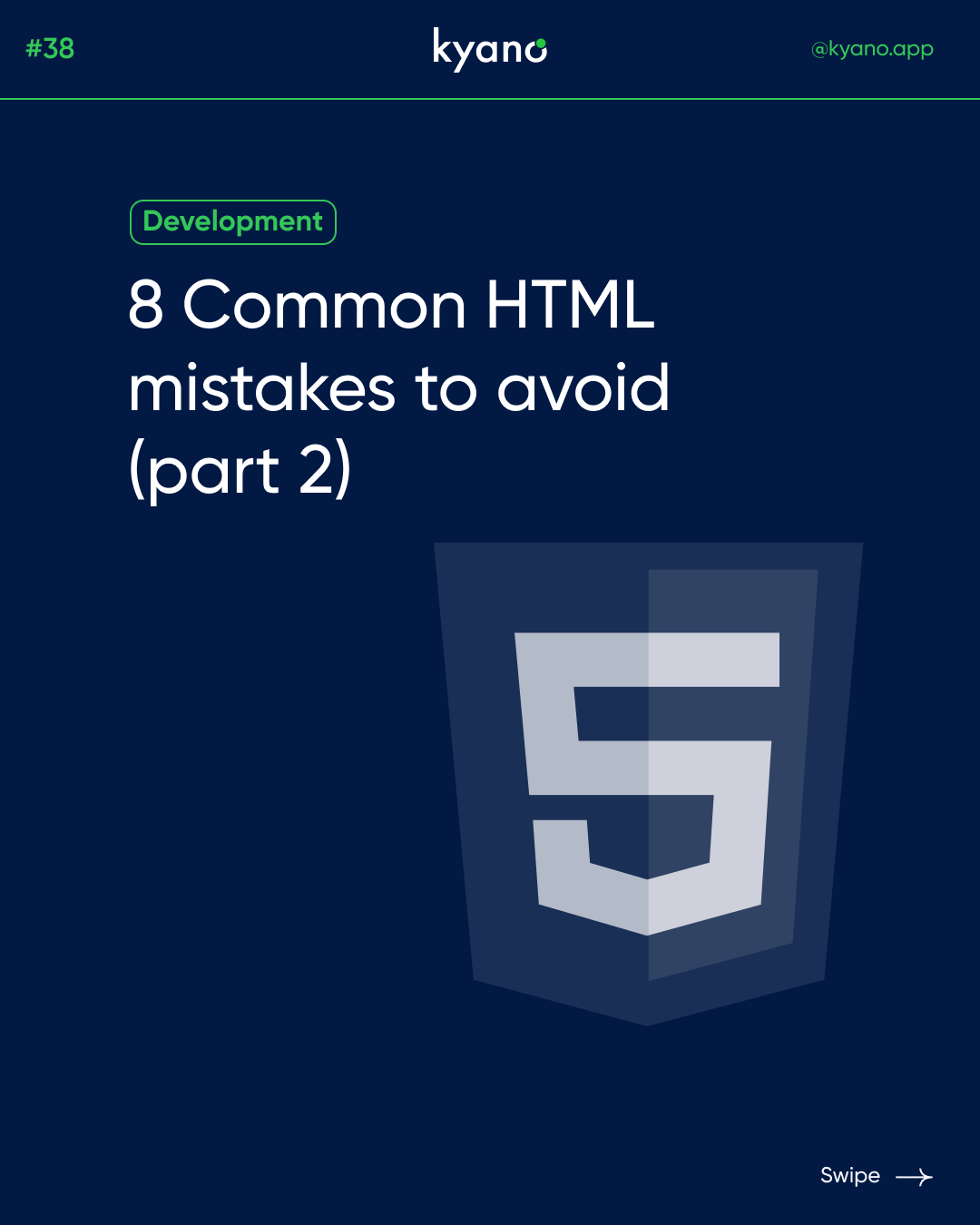2 Design Choices: Creating User-Friendly Designs
There are endless possibilities to format your design. As a designer you want to make the use of the software as easy as possible for your customers, so you have to think carefully about the layout of your design.
Design choices
When making design choices, it is essential to consider various human factors, encompassing aspects such as ergonomics and cognitive capabilities. A successful solution not only needs to be usable and practical but should also possess an aesthetic component that reflects the beauty and elegance of its execution. This holds true even in cases where the solution lacks a physical component. Ultimately, a well-crafted solution should aim to provide not only functionality but also a pleasurable experience for its users. By integrating these elements harmoniously, designers can create designs that are not only visually appealing but also highly enjoyable to interact with, enhancing user satisfaction and overall engagement.
When faced with the specific scenario presented, you are presented with a decision between two design choices. Upon careful evaluation, it becomes evident that option A emerges as the superior selection for displaying color combinations. Its attributes and functionalities align seamlessly with the requirements of the task at hand, providing an optimal user experience.
However, it is worth noting that when confronted with a larger number of options, exceeding the threshold of five, design B emerges as the more favorable design choice. The rationale behind this lies in the fact that design B offers a superior solution for managing and presenting a higher quantity of choices effectively.
By considering the needs and preferences of users, as well as the specific context of the design, it becomes clear that design decisions must be tailored to accommodate various factors. These include the clarity and accessibility of information, the efficiency and ease of interaction, and the overall satisfaction and engagement of users.
By carefully weighing the advantages and disadvantages of each option, designers can make informed choices that optimize usability, usefulness, and aesthetic appeal. The goal is to create designs that not only fulfill their functional requirements but also offer an enjoyable and fulfilling experience for users.
Learn more about design choices. Check out our Instagram or read our other articles about design.





